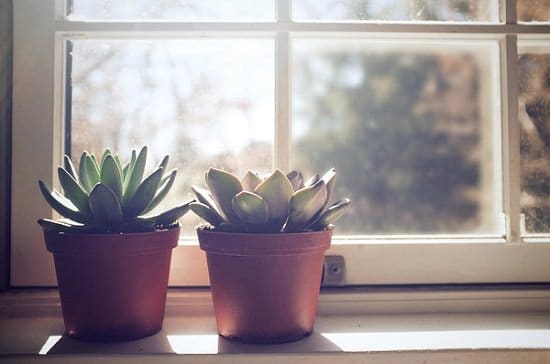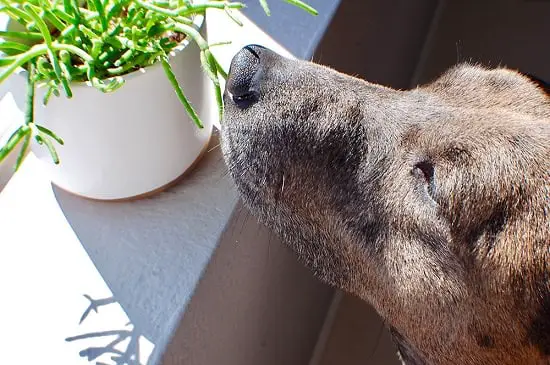This post will reveal the fact behind some Succulent Myths that will help you separate the truth from the fiction and understand them better!
Succulents are surrounded by many misleading myths like ‘lots of sunshine and very little water,’ which often make succulents look stunt and yellow. This post is dedicated to make you aware and beat those misleading Succulent Myths!
Myth 1: Succulents Need Full Sun to Thrive

It is a great myth that succulents need the full sun to grow, and they can not thrive in the shade.
Why?
Just like not all plants are the same, not all succulents are the same. That’s true that most of the succulents need full sun to thrive, but many can grow in partial sun and shade, both. For them, bright indirect sunlight and several hours of morning sun is more than enough—for example, snake plant, aloe vera, and zebra cactus.
Tip: Depending upon the types of succulents, grow them in full sun or partial shade.
Myth 2: Succulents Don’t Need Water at All
This is another myth that succulents are extremely drought-tolerant and will not ask for water for months, as they are native to desert areas.
Why?
The frequency of watering depends on a few factors–Planting location, root-bound plant, and climate. If you’re growing your succulent in a sunny and windy area, it’ll become thirsty often. Similarly, your plant will need water more often if it’s root bound or growing in a hot climate.
Tip: Make sure that your container has drainage holes; otherwise, stagnant water will cause root rot.
Myth 3: Succulents Should be Grown in Sand

It should not be assumed that succulents should be grown in pure sand just because they can thrive in poor soil.
Why
For growing succulents, a combination of soil and sand, specifically the coarse sand, is best. This improves the drainage-capability of the potting mix, and it remains low in nutrients at the same time. On the other hand, a pure sand medium may not fulfill the nutrient requirements of succulents.
Tip: Take a combination of 3-parts of regular potting soil, 2-parts of coarse sand, and 1-part of pumice for growing succulents. Check out more succulent soil recipes here.
Wonder whether succulents grow in sand or not? To find out, click here!
Myth 4: Succulents Are Not Edible
Many succulents are edible, and eating them can make you healthy!
Why?
Not all, but some succulents are edible. For example, many traditional tribes in Africa eat the cooked roots of Stapelia kwebensis. Some other edible succulents are Prickly Pear Cactus, Aloe vera, and Dragon fruit.
Check out our article on edible succulents here!
Myth 5: You Can Not Grow Succulents in Cold Weather

Hardy Succulents can grow in the cold regions and can surprise you!
Why?:
Some hardy succulents can tolerate the freezing temperature. For instance, Hen-and-chickens and stonecrop sedum are those cold-hardy succulents, which can tolerate the freezing temperatures till -30F(-34.4C)!
Tip: Protect your hardy succulents from frost and snow, or bring potted one indoors.
Myth 6: You Can Grow Succulents in Closed Terrarium for Years
Just because they’re forgiving, doesn’t mean that the succulents can manage everything you throw at them!
Why?
Growing succulents in a closed terrarium for a long time, without any care, is going to make your succulents miserable, as they need good air circulation and ventilation. Secondly, succulents like low moisture, but in a closed terrarium, the excess moisture will affect their growth.
Tip: Do not put the terrarium on a windowsill under direct sunlight; it will burn the leaves of succulents.
Myth 7: No Succulent is Poisonous

Sorry to burst your bubble, there are some poisonous succulents, which can be harmful to your pets or children.
Why?
There are some poisonous succulents like Euphorbias, Chinese jade, which can harm your pets or children if they ingest them. While some succulents with prickly thorns and spines, like the crown of thrones, can injure your pets or children.
Tip: If you have pets or children at your home, be careful to choose which succulents to grow or locate them at an unreachable spot.
Myth 8: Succulents Need High-Nutrient Soil to Grow
Succulents can do well in less fertile soil as well, so you don’t have to fertilize them often!
Why?
Succulents do well in less nutrient soil, as an excess of nutrients, especially nitrogen, makes the succulents brittle and can cause its roots to burn as well. You must not fertilize them much frequently and should use only weak liquid fertilizer of 8-8-8 proportion.
Tip: Outdoor succulents don’t need fertilizer much, but if required, you can use balanced slow-release fertilizer during spring.


